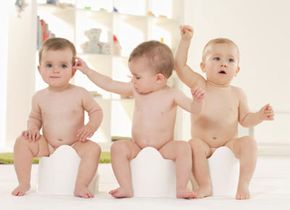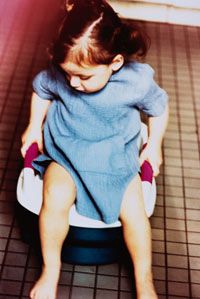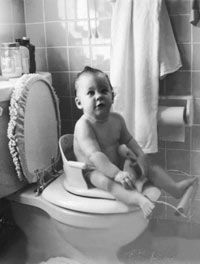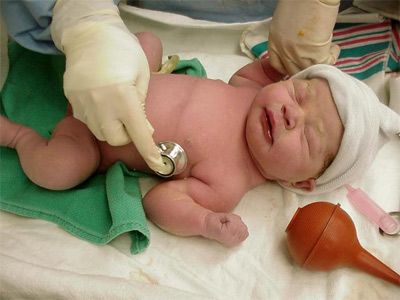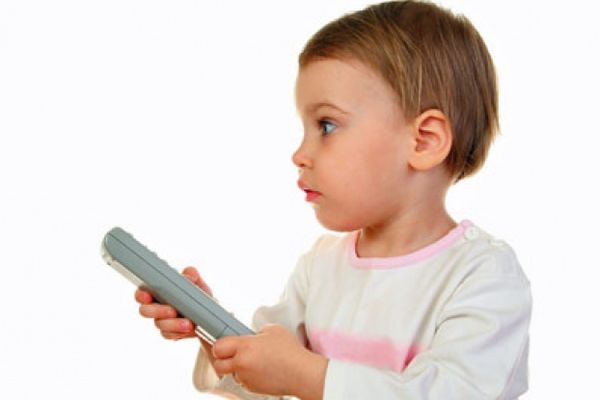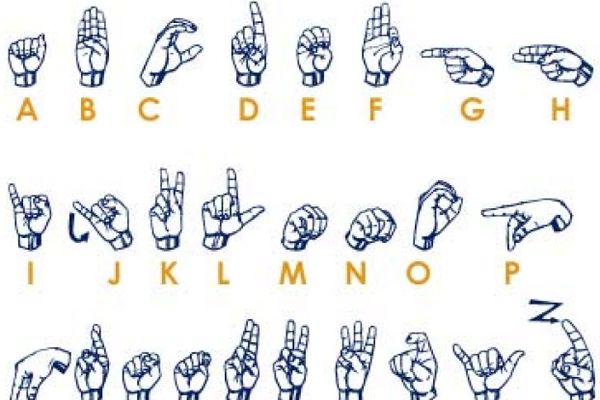Expectant parents are faced with a huge amount of decisions. Breast-feeding or formula? Babysitter or day care? And then there's the diaper conundrum. For many, it's tough to decide between the two basic choices -- disposable and cloth. Most Americans use disposables, but you could think of it as coming down to this: Would you rather wash stinky cloth diapers for two (or more) years -- or be personally responsible for a portion of the 22 billion disposable diapers that clog American landfills each year? [source: New York Times].
But there's a third option you might not have heard about -- a growing movement of parents is singing the praises of not using diapers at all. That's right. Advocates of elimination communication (also known as infant potty training, natural infant hygiene and "potty whispering") say that you can start training your baby to use the toilet almost from birth.
Advertisement
The idea of leaving your child bare-bottomed might sound strange, even horrifying, to American ears, but it's not a new concept at all. In fact, about half of the world's children -- mostly in Asia and Africa -- never wear diapers and are fully toilet-trained by the time they're a year old [source: Contemporary Pediatrics]. In China, for example, children wear special split-bottom pants, so when a parent sees that her child needs to "go," she can immediately take him to an appropriate spot. This kind of public toilet training probably wouldn't fly in the United States, but elimination communication practitioners also rely on their children's body language, timing and verbal cues.
Parents turn to elimination communication for a number of reasons. It's obviously a more environmentally friendly -- and cheaper -- choice than diapers. Advocates also claim that babies are more comfortable without diapers (no diaper rash) and that being attuned to their child's needs creates a higher level of bonding. According to Laurie Boucke, who has written two books on the subject, children are usually "toilet-independent" by 2 years old with elimination communication [source: Infant Potty Training]. Traditional toilet training doesn't even start until an average age of 3 [source: Contemporary Pediatrics].
So, how do you go about training a 3-month-old baby to use the toilet? Do you have to hover around your child 24 hours a day to prevent accidents? And what happens when you're stuck in traffic and your diaperless infant needs to "go"?
Advertisement
